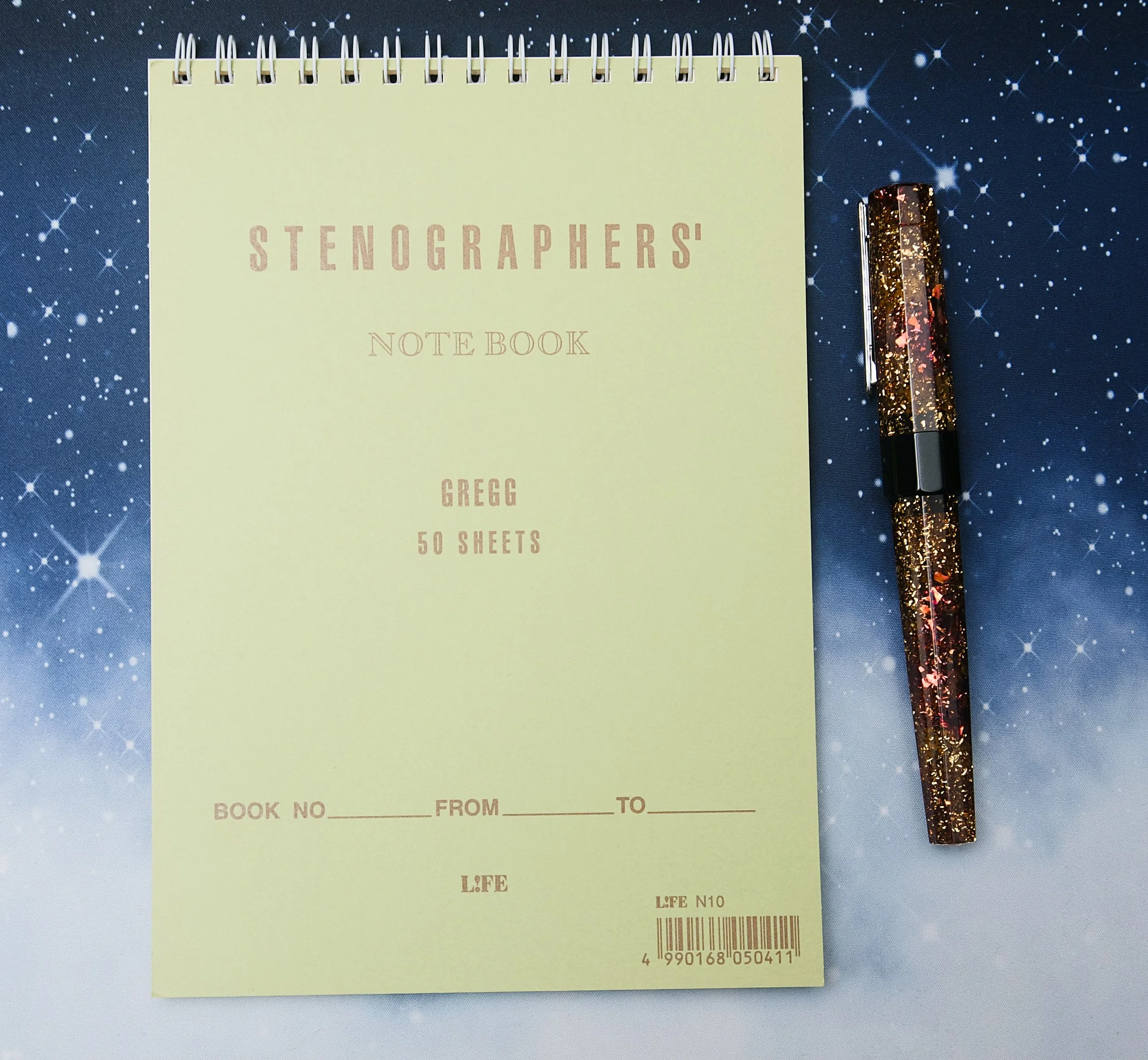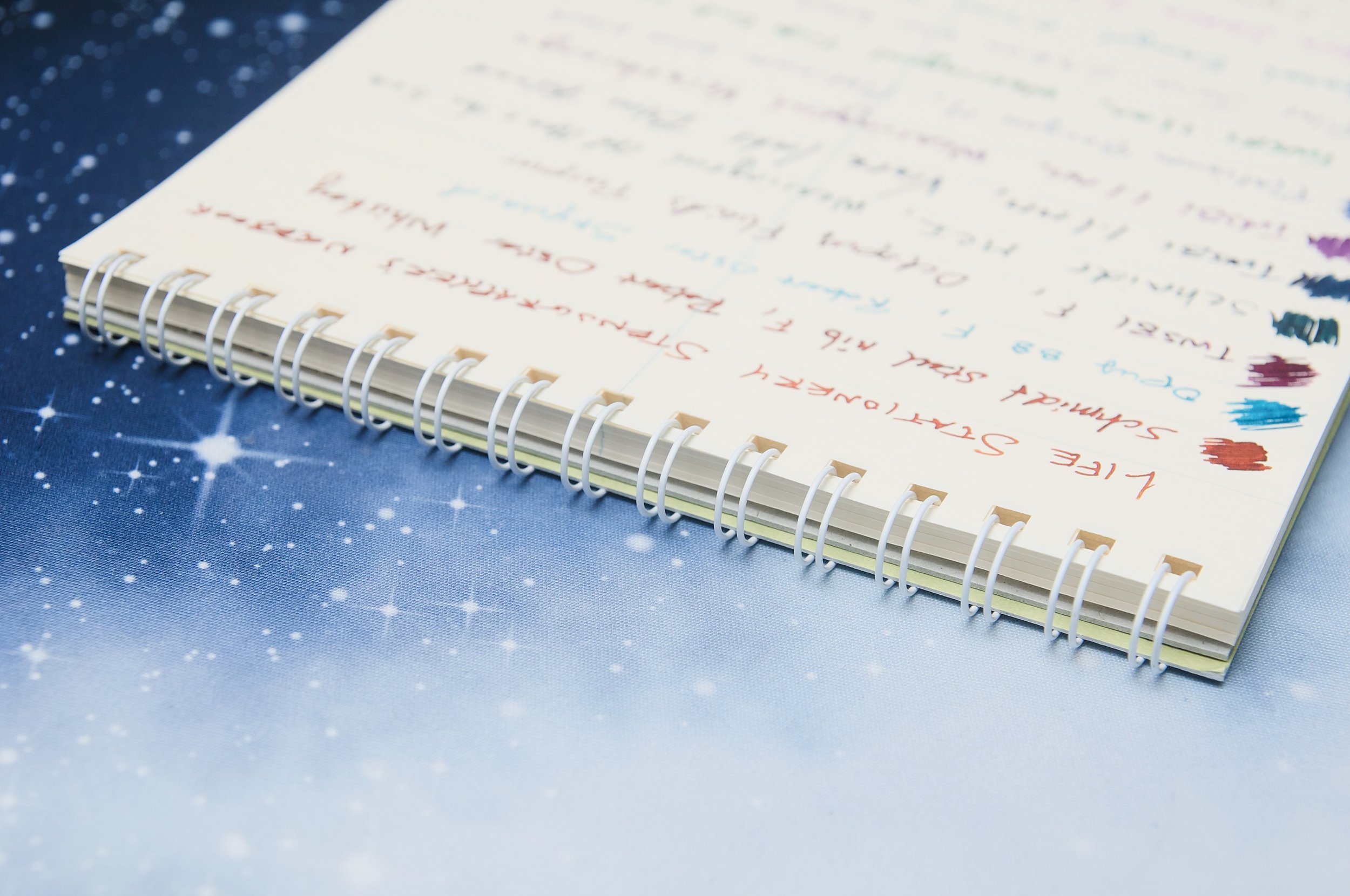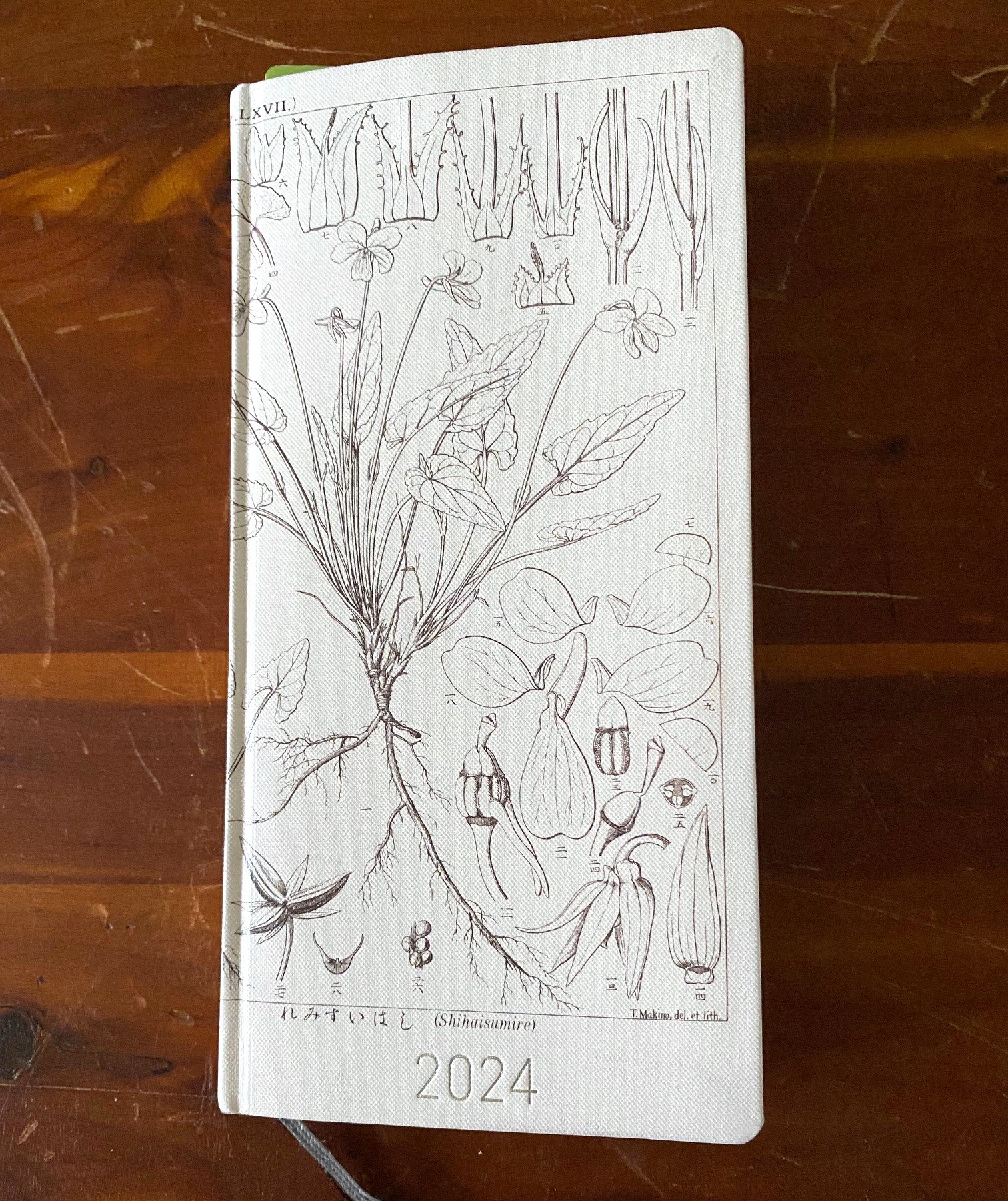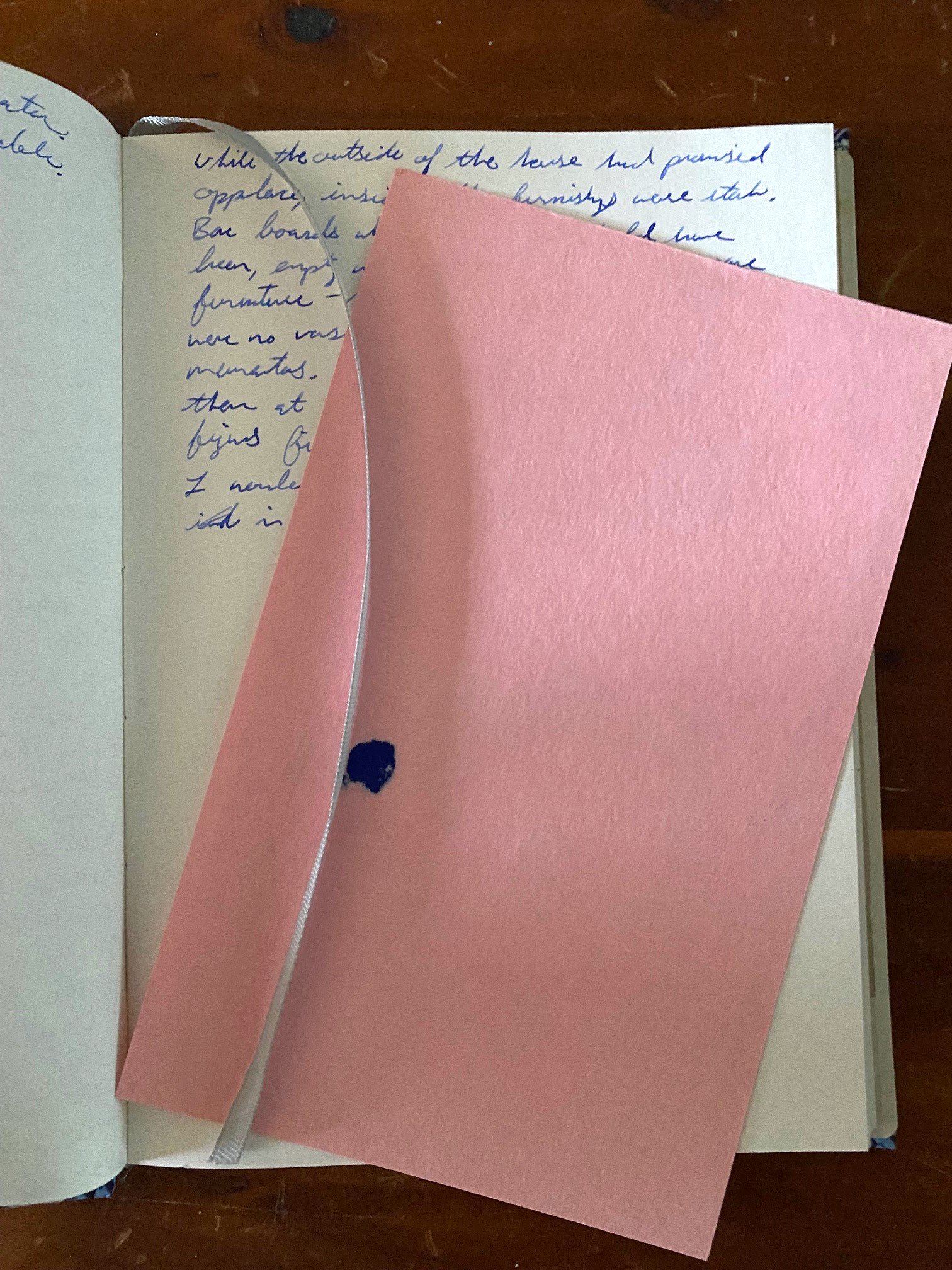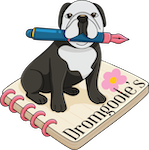(Jeff Abbott is a regular contributor at The Pen Addict. You can find more from Jeff online at Draft Evolution and Twitter.)
The stenographers' pad or steno book has long been a favorite of mine. It's a ubiquitous format that you can find in almost any store in the US that sells any sort of stationery or office supplies. Quality varies greatly, and most of these notebooks use cheap, thin paper that is unpleasant to use. But there a few brands that provide an excellent steno book, and I love them for it. A new option that quickly skyrocketed to the top of my "great steno books" list is the Life Stationery Stenographers' Notebook.
The Life Stationery take on the steno book is similar to all the other variants, but it excels in the area of paper quality. Most steno books are sized roughly in the realm of 8x6 inches, and the Life version sticks to the tried-and-true A5 spec at 8.2" x 5.8". According to Wikipedia, Gregg ruling is normally found in North America, and it is described as such: "Paper should be smooth and lined, dull in finish, with three lines to the inch and a line down the center." Life's version of the steno book stays true to this definition, with wide line ruling and a line down the middle of the page. The ruling and center line are repeated on both sides of the page.
Steno books normally aren't very thick, and this variant is no different. With just 50 pages, it won't last long unless you're using both sides of the pages. With cheap steno books, I've only used the front side of the page for convenience (going to the next page is a simple page turn away, as opposed to turning the page and flipping the notebook around), but I'll be using both sides of the pages in this steno book for two reasons: it isn't exactly cheap, and the paper can actually handle writing on both sides.
It feels a little odd to use a steno book that has such nice paper since these types of books usually resort to pretty cheap paper that you use and throw away. With Life's notebook, the paper is really good. It's thick, smooth, and you can hardly see any show-through on the back side of the page. It's so good — just like the paper in their other notebooks. Using the back side of the page is easy in this case. It feels smooth when writing, but isn't slippery. All the inks and pen combos I've tried have done remarkably well. I can't see any feathering or bleeding anywhere. The only ink that I've found to somewhat show through to the back side of the page is the Schmidt P812x rollerball ink, and even then it's minimal. In short, the paper is phenomenal.
When it comes to ruling, I'm a fan of dot grid, then grid, then either lined (narrow or college rule) or blank depending on my mood or what I'm using the paper for. Wide rule is one of my least favorite rulings, but I don't mind it in this case because it's part of the specification for a stenographer notebook. Something about the line going down the middle of the page makes a little easier for me to use. I don't feel bad splitting my notes or scribbles into two sections across the page. It doesn't really make sense, but it's how my brain works in this case.
I didn't realize this at the time, but Life also offers a grid ruling version of their Stenographers' Notebook. Where the Gregg Ruled version has a green cover, the grid version has a beige cover and also costs $2 more.
The green cover on the notebook I have is a very close shade to light brown in the right light, but does a great job of looking retro and clean. It's thick enough to provide plenty of protection for the paper inside, and is thicker than most steno books. The back cover is completely blank, a lighter color, and equal in thickness and rigidity. The top-bound spiral ring is robust and just the right size for easy page turning. The wire is coated in a nice off-white finish that goes well with the cream paper and green/brown covers. Aside from the front, there is zero markings on the inside front and back covers. The corners are square, and I've noticed that the beginning and ending pages have already started curling a little bit from use. Not a big deal, but something that could easily be avoided by rounding off the corners.
For me, the steno book is equal parts utilitarian and nostalgic. It's fun to see a product from Life that nails both of these traits while also delivering a vastly superior product. Sure, you pay for that quality, but it's amazing. The Gregg ruled version of this notebook is $13, while the grid ruled version is $15. Not the cheapest options, but I'd argue it's correct pricing due to the quality of the materials used. If you just want a cheap steno book that you can use as a scratchpad, this isn't the product for you. But, if you like the aesthetic and form factor of a top-bound A5 notebook with creamy, excellent paper, and retro-branded covers, then this is a great notebook for the money.
(Vanness Pens provided this product at a discount to The Pen Addict for review purposes.)
Enjoy reading The Pen Addict? Then consider becoming a member to receive additional weekly content, giveaways, and discounts in The Pen Addict shop. Plus, you support me and the site directly, for which I am very grateful.
Membership starts at just $5/month, with a discounted annual option available. To find out more about membership click here and join us!

